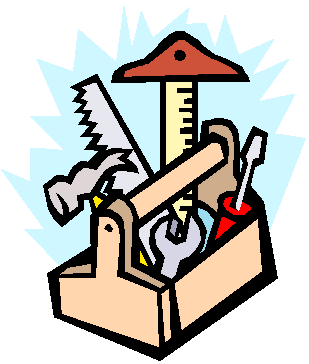
Index to Schedules
There are basically three different ways that notations can be created in the DDC. We will look at those three ways, with many examples, to show how the DDC is designed to work for the cataloger. The examples that will be shown in this course come from the abridged 13th edition of Dewey, published in 1997. This is the most recent abridged edition at the time of this writing.
The first way that notations can be created is by looking up a subject in the index and finding a complete notation in the schedules. Here are some examples of that process.

If we need to classify a work about CARPENTRY, we begin by looking up "carpentry" in the index. It can be found on page 681 of the 13th Abridged Edition.
As you can see, this entry in the index leads us to the notation of 694 for CARPENTRY.
It is important to remember that the number given in the index is the classification number, not the page number in the schedules on which the subject can be found. When looking up a notation in the DDC, the numbers at the top corners of each page are guide numbers designed to show the user what section of the schedules he or she is looking in. Page numbers are listed at the bottoms of the pages.
In addition to classification numbers, the index may refer the cataloger to a table which might also be relevant to the subject. Such a reference will begin with the letter "T," followed by the number of the table and then the relevant number in the table. We have seen this earlier when we looked up Borneo in the index. Another example can be found on page 21 of the Abridged Edition under the entry for England. Please look up that entry now.
In this example, the 942 is a classification number for the history of England and Wales. The T2-42 shows that a geographical subdivision for England appears in Table 2. Thus, the geographic subdivision -42 can be used on notations for other subjects. For example, a book on the birds of England would be classified 598 for birds, with the addition of .09 as the standard subdivision for geographical treatment, and the 42 from Table 2 to indicate England. This would build the number:
598.0942
Click the arrow below to continue to the next page